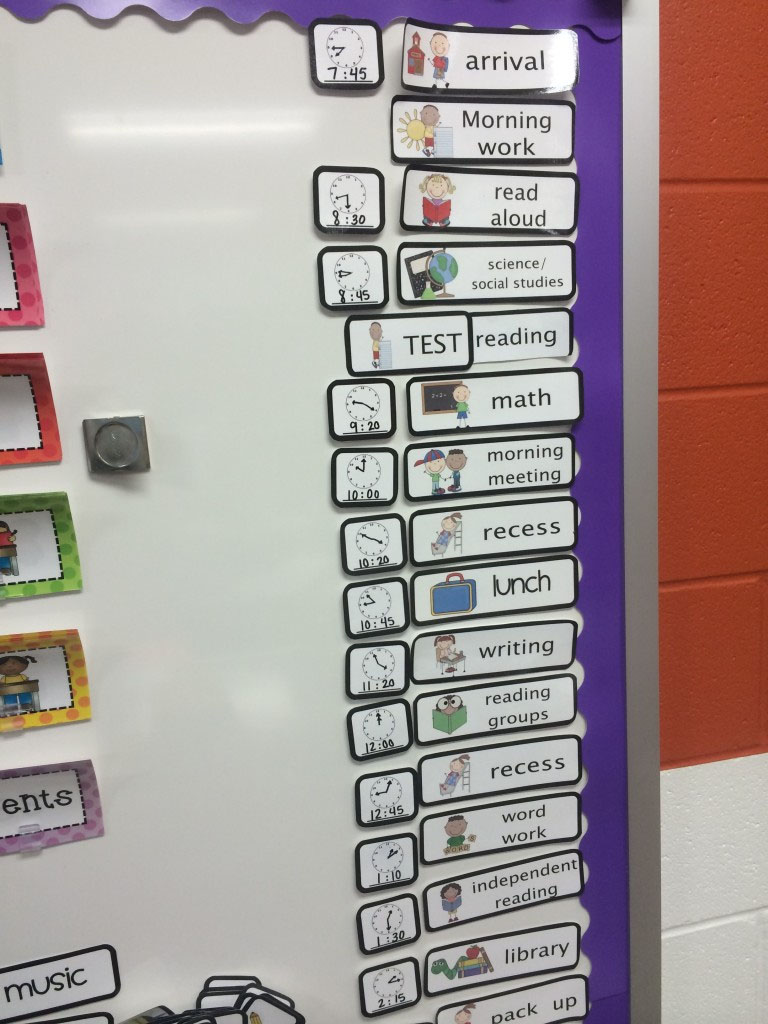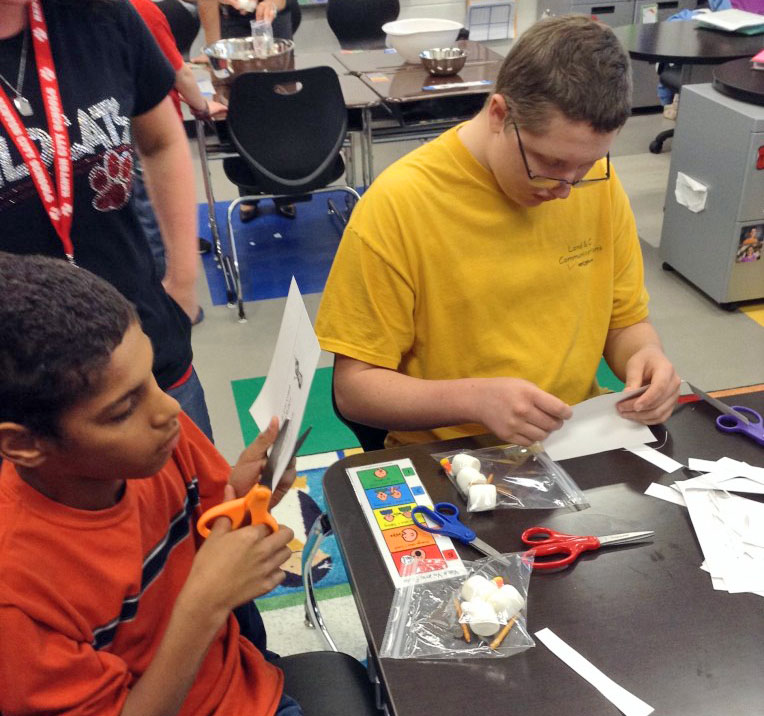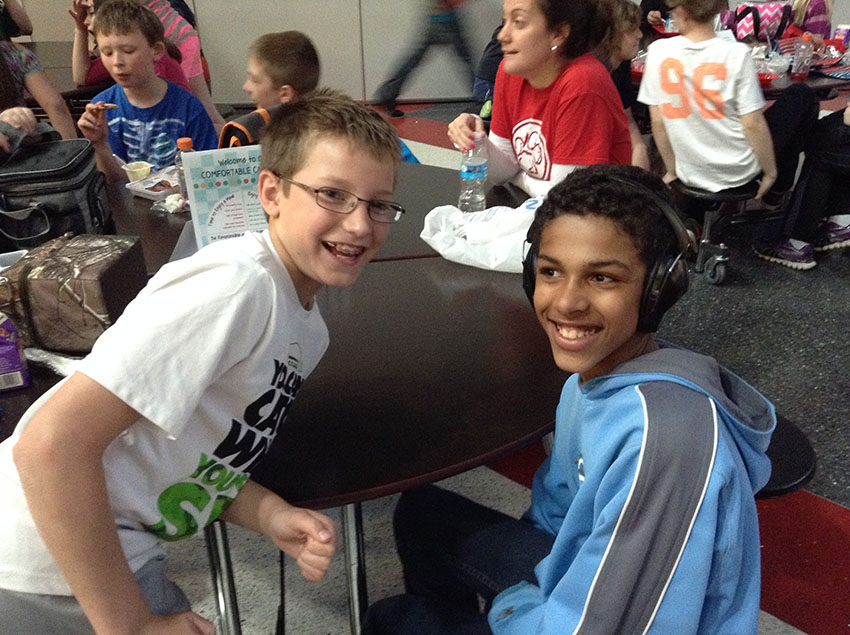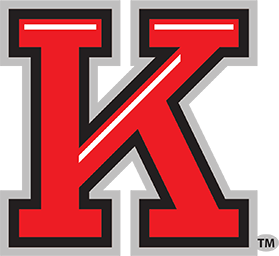Visual Schedules and Supports
Visual schedules display planned activities in the order in which they will occur using symbols, words, pictures, photographs, icons, or actual objects. The goal of a visual schedule is for the child to transition independently to the next activity.
Visual schedules clarify expectations during a specific time period or activity, particularly if the activities are familiar. In addition, visual schedules help the individual move from one activity to the next with less frustration. Schedules should not be faded out as the student “learns” their schedule.
Visual supports enable a learner to keep track of daily activities and to develop an understanding of time and sequences through independence.
Tips for visually supporting individuals across the curriculum include:
- Organize the environment with the students in mind. Keep the environment free from clutter, and try to keep it visually consistent with well-labeled areas.
- Provide well-labeled areas for things such as depositing homework, picking up and turning in folders, accessing materials.

Task Analysis
Task analysis is a way to plan the teaching of skills that require several steps to be performed in a certain order and broken down into phases or smaller sections. Words, pictures, or objects used to break down a task or an activity into manageable steps (such as telling time, tying shoes, or doing long division mathematics, as well as larger more complex tasks (e.g. preparing and serving a meal, or cleaning a cafeteria).Task analysis can be used in school, home, or community settings.
Task analysis can be used with a variety of behaviors:
- Self-help skills (drinking from a cup)
- Life skills (shopping at the grocery store)
- Academic skills (writing a research paper)

Reinforcement
Reinforcement is giving something when a desired behavior is done. When using reinforcement make sure it is done right after desired behavior, it fits the desired behavior and is meaningful to the child, and multiple reinforcers are better than just one.
There are 3 types of reinforcement:
- Positive Reinforcement: give something to child when they do the desired behavior (sticker, candy, praise, break, etc.)
- Token Economy Programs: can earn tokens that can then be used to “buy” incentives when they do the desired behavior (token boards)
- Negative Reinforcement: work so that the child can get rid of something they do not like
Sensory Breaks
Throughout the day, we receive a great deal of information from our senses. We use this information to organize our behavior and successfully interact in the world. Our brains need to organize this information so that we may function in everyday situations such as in the classroom, at home, on the playground and during social interactions. Our brains and bodies need to be given breaks so that we can organize sensory information properly.
Types of Sensory Breaks:
- Oral input: crunchy, sweet, salty, spicy snack, hot or cold drink, chewing gum, sucking on mild flavored candy, slow breathing, sucking on a water bottle, etc.
- Auditory input: listening to classical music can be calming, eliminating all noise, etc.
- Visual input: lava lamp, reading by flashlight, the color blue can be calming, etc.
- Tactile input: holding a fidget (small bendable toy, key ring, hair barrette, bracelet, stress ball), stroke a soft toy or fur of an animal, etc.
- Movement: swinging, rocking, bouncing, rolling, seat push-ups, wall push-ups, move furniture, carry heavy books, vacuuming the floor, emptying the dishwasher, etc.”

Social Narratives
Social narratives are visually represented stories that describe social situations and socially appropriate responses or behaviors to help individuals with autism spectrum disorder (ASD) acquire and use appropriate social skills.
Social skills include communication, problem-solving, decision-making, self-management, and peer relations abilities that allow one to initiate and maintain positive social relationships.
Social narratives can be used:
- After a social “error” has occurred (e.g., saying something rude to a classmate, hitting, yelling)
- Prior to a transition or new experience (getting a haircut, changing schools, going to the Dr.’s office, etc.)
- As an intervention to reduce existing recurring behaviors (nose picking, blurting out in class, etc.)
